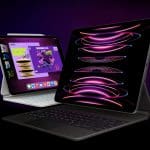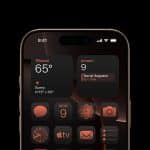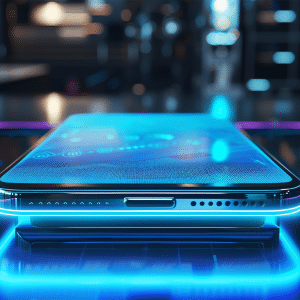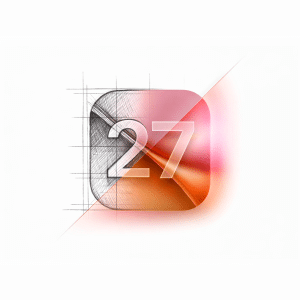While Apple’s Vision Pro headset isn’t expected to launch until next year, we’ve gathered some information about the hardware inside, based on the company’s limited disclosures.
Enclosure
The Vision Pro boasts a three-dimensionally formed laminated glass display attached to a curved aluminum alloy frame. A quiet thermal system circulates air to maintain performance and reduce heat.
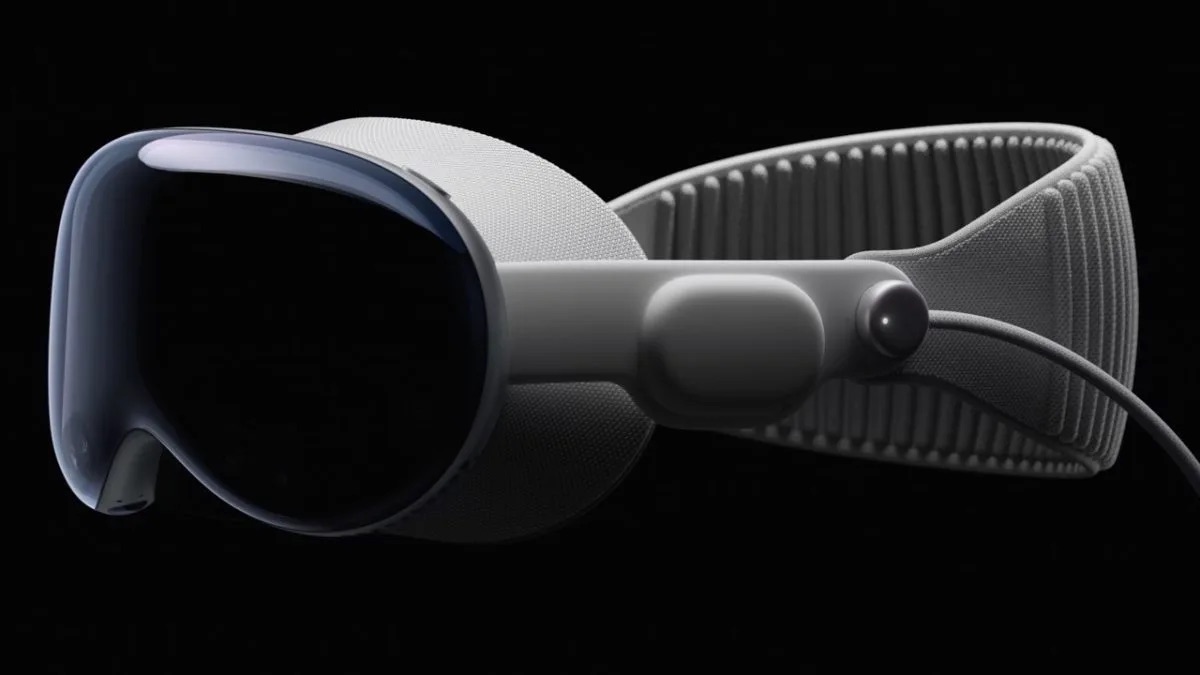
Displays
The device features two custom micro-OLED displays providing “more pixels than a 4K TV” to each eye (23 million total). The size of these displays is said to be about the size of a postage stamp. There’s also an external “EyeSight” display that communicates your engagement level to others by showing your eyes or indicating when you’re fully immersed or recording.
For prescription glasses wearers, Zeiss Optical Inserts can be magnetically attached to the lenses inside the headset.

Cameras
The Vision Pro has 12 cameras and five sensors for hand gesture recognition and environmental mapping. These cameras provide over a billion pixels per second to the display, ensuring a clear depiction of the surrounding world. Additionally, infrared flood illuminators enhance hand tracking in low-light conditions.
The device also has a camera capable of capturing 3D photos and videos, and LiDAR depth sensors to gauge the size and location of surrounding objects, enabling facial scanning for creating a digital Persona for FaceTime.
Inside the headset, four infrared cameras and LED lights provide iris scanning for authentication and eye tracking for navigation purposes.
Straps And Bands
The audio straps on each side contain speakers supporting spatial audio, with the ability to adapt the sound to match the room’s acoustics. Six microphones are also included.
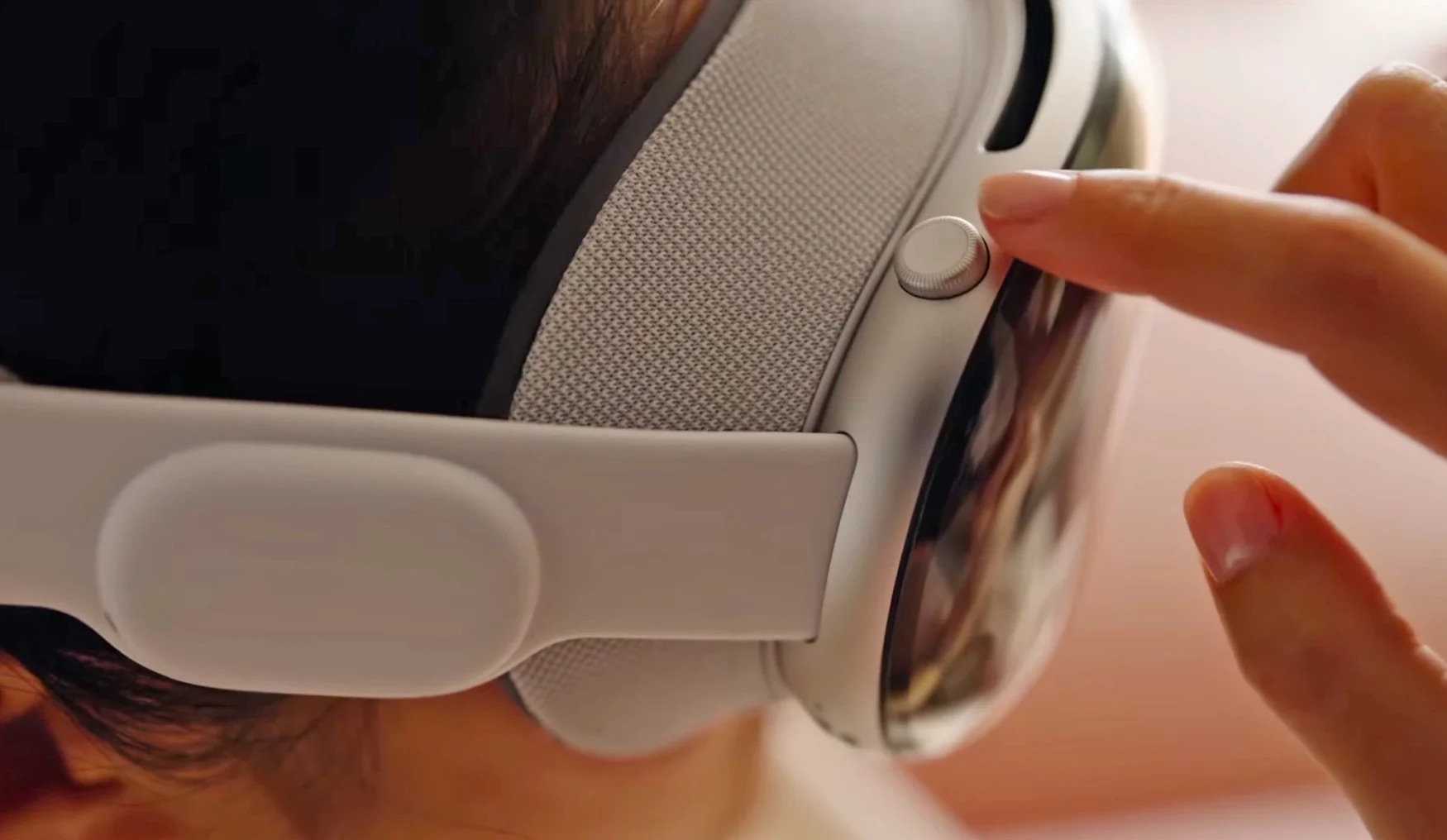
Buttons
The Digital Crown on the top right of the headset brings up the Home View when pressed or controls the immersion level when turned.
A button on the top left enables users to take spatial videos and photos.
Cables
The Vision Pro uses a single woven braided power cable that attaches magnetically to the left side of the headset, which can be plugged into a power source or an external battery for mobile use.
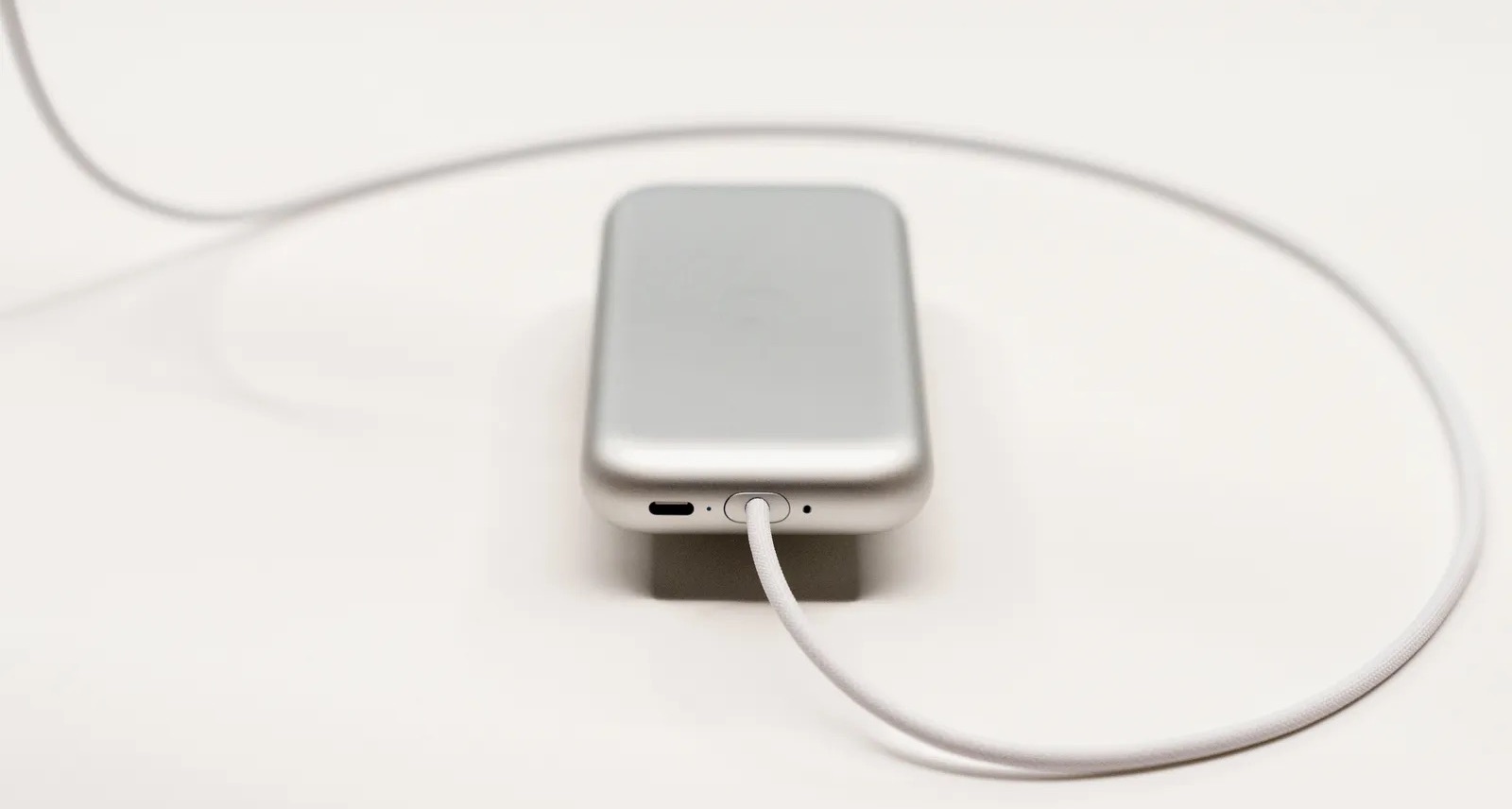
Chips
The Vision Pro includes two chips. The M2, also present in the Mac lineup, is the main chip handling processing, running visionOS, executing computer vision algorithms, and providing graphical content. A second R1 chip handles data from cameras, sensors, and microphones, streaming images to the displays within 12 milliseconds, enabling a virtually lag-free view of the world.

As the launch approaches, more specific information about the headset’s capabilities and components is anticipated.





